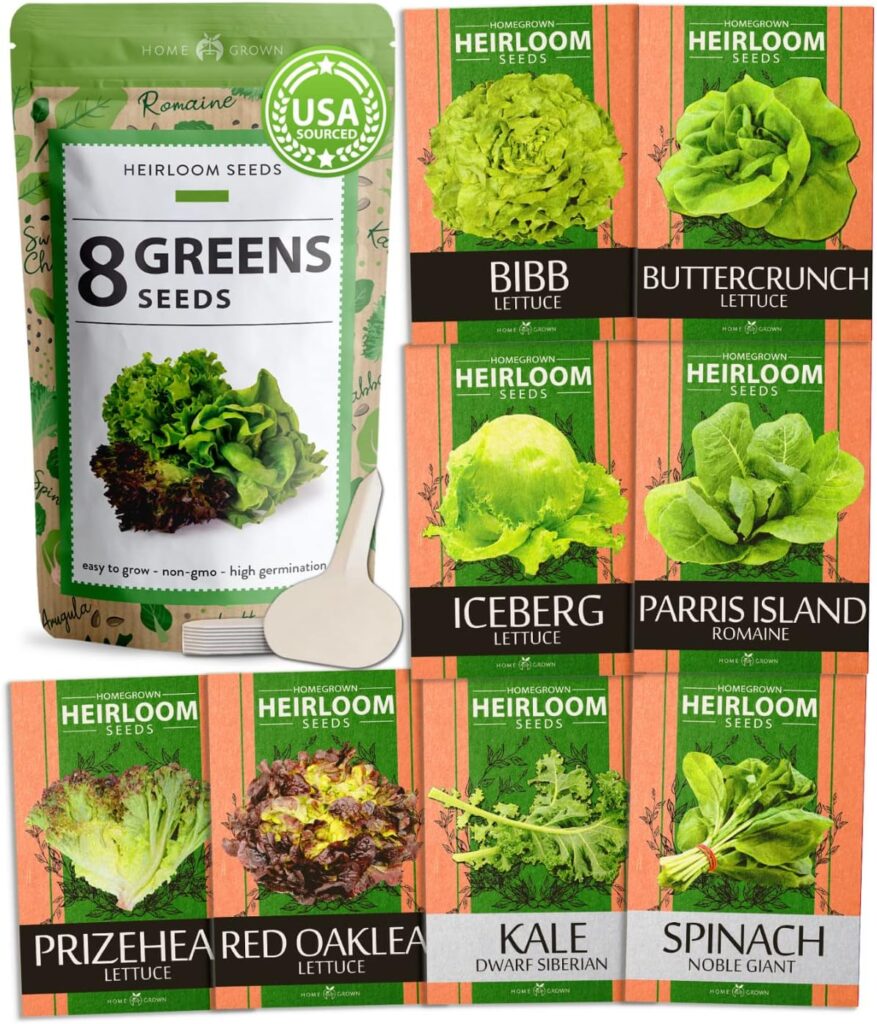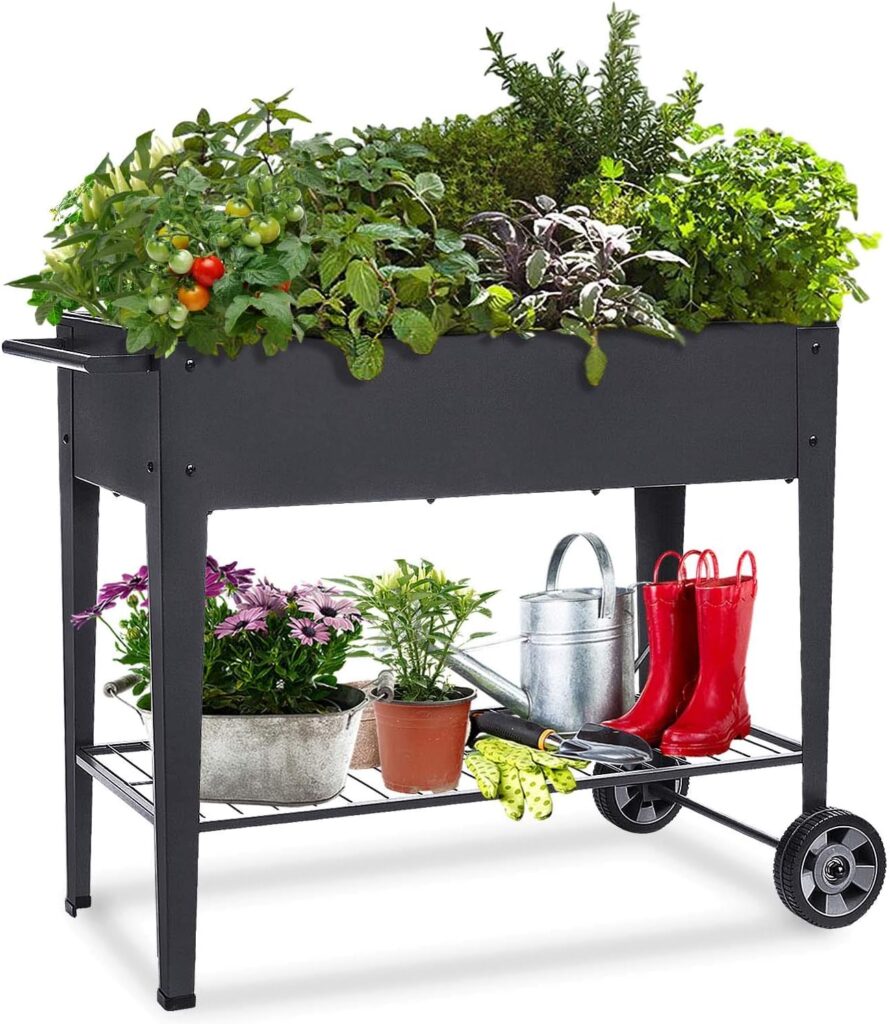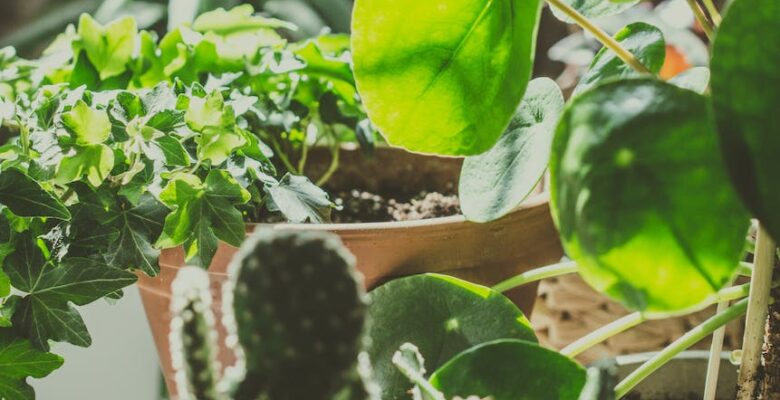We have some tips on how to build a vegetable garden in a small space.
You don’t have to settle for a small potted basil plant around your window; any small outdoor space can be made into a beautiful, productive vegetable garden, and even a fire escape may be transformed into a fresh-food oasis. If you prepare carefully and use your space, even a 10 X 10 plot can produce a hundred pounds of produce.
Industrial agriculture has far-reaching environmental impacts, including water and air pollution, energy consumption, and environmental degradation. The total amount of greenhouse gas emissions from agriculture in the United States amounted to 10% of total national emissions in 2019, representing a 12% rise from 1990.
Growing your own veggies – even just a few plants – can drastically reduce your environmental impact by eliminating the need for transportation, packaging, and refrigeration.

It can also save you money on pricey store-bought produce; for a few dollars in supplies and a few minutes of upkeep per day, you can plant a week’s worth of produce in a short amount of time.
Gardening, on the other hand, necessitates some forethought, especially when working with a limited amount of space. Making plans for your new garden during these final chilly winter weeks is a terrific way to remind yourself that spring is just around the horizon. Here’s where to begin.
This post contains referral links for products we love. Staying Fit With Aeran earns a small commission on these links at no cost to you, and the links will always be marked with an asterisk *.
Choose What You Want to Grow
It’s easy to become overwhelmed when confronted with a wall of seed packets at your local nursery. Instead of picking plants at random, choose plants that will fit the area you want to have your garden. Most importantly, grow what vegetable you like to eat.
High-Producers
Choose plants that will still produce well in compact spaces, such as pole and runner beans, cucumbers, tomatoes, beets, peppers, peas, kale, zucchini, lettuce, and salad leaves.
Choose veggies that will continue to produce throughout the season, such as bell peppers, squash, and tomatoes, rather than crops that can only be picked once, such as maize and carrots. Peas and beans, as well as numerous leafy greens such as spinach, kale, romaine lettuce, Swiss chard, and arugula, will continue to be produced after being picked.
Grow Upward Rather Than Out
Climbing plants that are trellised grow vertically and optimize your area. Stakes, fencing, caging, or trellises can be used to direct vining plants upward, or you can tie the rope to a trellis along one side of a raised bed and stretch it across the plot to encourage plants to grow up.
Vining squash and cucumbers generally take up a lot of room, but if they’re trellised properly, they’ll rocket upwards. Peas and beans, for example, Kentucky Blue Pole Beans, grow fast and abundantly. Pole bean cultivars grow vertically better than bush bean kinds and do not spread out as much.
The smaller, the better.
While regular kinds will frequently suffice in a smaller space, many crops also have compact or dwarf versions.
You may still eat your favorite fruits and vegetables while saving space. Look for kinds branded “tiny,” “compact,” “dwarf,” “baby,” “patio,” or other diminutive terms.
Make Sure You Have Enough Sunlight
Consider how much sunlight your yard receives on an ordinary day before selecting your crops. Vegetables require 6-8 hours of direct sunshine per day to grow and yield successfully.
If you’re concerned about your sun exposure, take some photos or videos of your garden area to see the patterns of sunshine and how they are cast throughout the space (bearing in mind that it varies depending on the season).
Keep an eye on which areas have the most light for the longest period of time, paying attention to any shade cast by buildings, objects, and so on. If your entire space is shaded, try root vegetables (potatoes, carrots), which require just around 4 hours of sunlight, as well as leafier crops (kale, lettuce, chard, spinach), which can handle less daylight.
Prepare yourself
Order seeds * or plan where you will receive transplants once you’ve decided on which crops to grow. Seeds may sell out closer to the beginning of the growing season, so stock up ahead of time.

Make a plan for it.
Making a drawing of your garden will help you stay focused and realistic about what will fit in your available space.
Size
For the first year, keep your expectations low. A 6′ × 6′ plot can generate enough veggies for a family of four during the productive summer months. Thus, a smaller space is completely acceptable.
Choose a location in your yard to prepare for planting according to how much sunlight you have. Consider how many plants you can reasonably produce (5 veggies for a 6′ × 6′ plot is recommended), bearing in mind the spacing required for your chosen crops. If you have enough space for numerous rows, leave a foot or two between them.
Beds on Wheels *
Another option for tiny places is to build raised beds, especially if you don’t have healthy soil or any soil at all. Raised beds also heat up faster in the spring, making them a suitable choice for chilly locations. There will also be no need to squander space on paths for going through the rows.

Growing in raised beds also allows you to round the soil to make more space. For example, if the plot is 6′ across and the soil is formed into a gentle arc, you can make up to 7′ available for growing. While an extra foot may not seem like much, the extra area can allow you to grow more plants in the long run.
Gardening in Containers
Almost everything can be grown in a container. Consider converting to container gardening and growing your vegetables in pots if the sunniest (or only) area accessible to you is the patio, back porch, or a city fire escape.
Fruiting plants, such as peppers, tomatoes, and cucumbers, require at least a 5-gallon container. A 12-inch-diameter pot is also desirable since it allows room for plants to grow, especially bushy ones like tomatoes. Remember that the larger the container, the less frequently you’ll need to water it.
Plastic containers, as opposed to house plants, are preferable for container gardening than terra cotta/clay pots, which dry out much faster. Metal pots, on the other hand, will roast the roots, but if you don’t have a lot of sunlight, black plastic will assist in holding some heat.
Plants should be plotted separately.
Plotting out individual plants before your visit to the nursery. This will assist you in avoiding overbuying seeds and estimating how much fertilizer or soil to purchase.
Consider where each seed or starter will go, with sunlight and crop depth being the most important factors. Stagger the seeds or starts and grow in triangles rather than rows to accommodate more plants into a short space. However, avoid crowding them; having more plants that are crammed together will produce less.
Many gardeners also find success with companion planting, which involves growing various crops in one location, usually by pairing low-growing and taller plants. Basil, for example, flourishes beneath tomatoes, which provide shade from the afternoon sun. Plant early-harvesting vegetables, such as spinach or peas, alongside slower-growing crops, such as peppers, to take over when the early crops are completed.
Make a Healthy Growing Plan
Before planting seeds, make sure you have everything your vegetables require to grow.
Soil Health
A healthy, rich soil is essential for a thriving garden. The goal is a dark, crumbly soil with a healthy mix of all three components: sand, silt, and clay. Determine the composition of your soil and ensure that it is not too gritty (sand), powdery (silt), or sticky (clay), and add healthy soil if necessary.
The soil’s nutrient content is equally as significant as its composition. Spread 2-3 inches of new compost over the beds a few weeks before planting in the early spring. Make sure to turn the soil under at least 6 inches below the surface (some gardeners also spread it in the fall). If you don’t make your own compost, start looking for it.
Alternatively, if you don’t have any worms in the soil, mix in a load of worm castings (AKA worm poop) or liquid fish emulsion, which is available at any nursery.
If you’re growing in a raised bed, line the bottom with a couple of layers of newspaper before adding dirt on top.
Watering
In the absence of rain, the ordinary garden needs a thorough watering every few days. Think about how you will get water to your plants. This might influence where you grow things (for example, if your hose does not reach around to the opposite side of the house, you may want to grow things closer to the home).
When moving water from within, be realistic about how far you can move it. If you have the room, another low-impact approach is to irrigate your crops with rainwater.
Pest and disease prevention
Smaller gardens, unfortunately, are more vulnerable to pests and illnesses. Rotating crops helps to combat fungus and pests, although it is not always practical on small plots. If you have an infestation or a major fungal problem, you should avoid growing that crop (or others in the same family) for a year.
Water the soil rather than the foliage to avoid fungal problems, and water earlier in the day to allow the leaves to dry out in the sun.
If you do have pesky insects, pluck them off by hand or apply one of the many natural bug repellents, such as diatomaceous earth, aromatic herbs, neem oil, or dish soap and water spray. To keep out other pests like rabbits and deer, enclose plants with chicken wire or fencing that is at least 6 inches below the soil to prevent burrowing animals from getting underneath.

To Conclude
Gardening is a wonderful activity. This is especially true if you can accomplish it on a small budget and space. Even if you reside in a tiny town, don’t give up.
Not all plants necessitate a large or sunny area. Gardening is believed to ease stress, and you will discover how delicious organic vegetables are.
